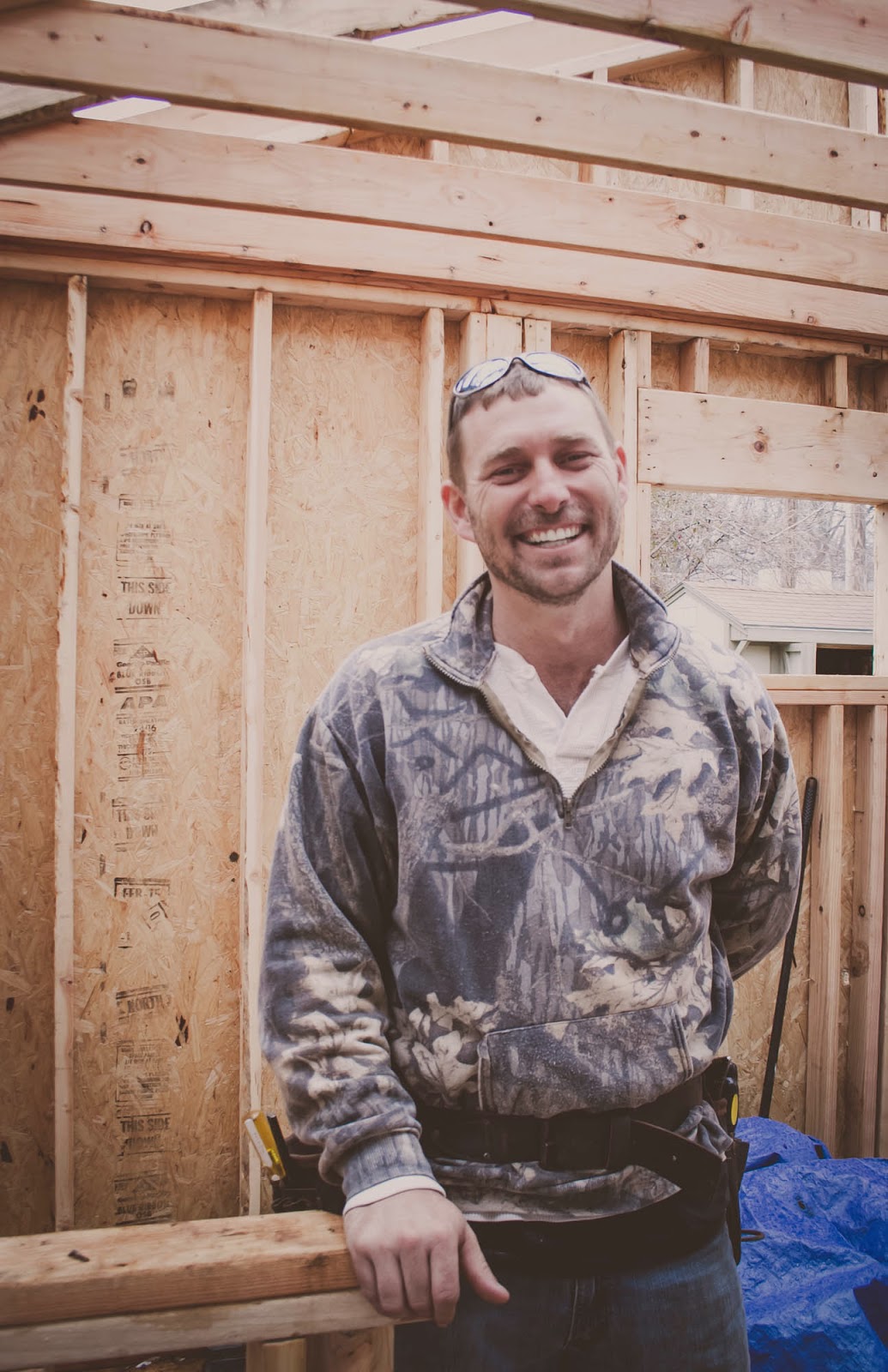At the beginning of the 20th century, home entertainment
consisted of family gathered around the radio, sifting through static to catch
up on the news, listen to some swinging tunes and follow stories shared via
sound wave. But shortly after the Great Depression, Americans got a big
surprise in the way of entertainment: the television set.
It was a marvel.
The fact that you could sit on your couch as a family and experience
things as if you were there, live-and-in-person, was astounding. They didn’t
care then that the screen was smaller than the television set itself; viewers
were in awe.
Fast forward over 75 years to the television sets of today,
and you likely find yourself still in awe of how far they’ve come. From units
as big (and as heavy) as a 100 gallon aquarium, to tv sets so flat and
lightweight, they’re more like a picture hanging on the wall, televisions sets
are a center piece of our home, and so is how we display them.
Entertainment on a
Pedestal
Some experts cite Frank Lloyd Wright with created the first
entertainment center in 1917 for his Hollyhock House in L.A., though few
details remain depicting his creation. Regardless of when it actually started,
families have always sought to make their home entertainment a centerpiece. Conceptually,
displaying entertainment pieces for the family home has gone through just as
many transitions at the electronic devices that entertain us have over the
years.
By 1962, following the introduction of color television
sets, there was a TV in over 90% of U.S. homes. Since everyone had one,
furniture manufacturers and home builders saw a booming market in the way to
display them. You could certainly display your television set by putting in directly
on the floor, of course, but why would you want to? Instead, why not give it a
place of honor?
The Bigger, the
Better
For the next 40 years, picture tubes were the thing. The
bigger the television – and people wanted them big – the bigger the tube. The bigger the tube, the heavier the
television. In most cases, it would take three, full grown men to safely
maneuver a 32 inch TV. Units were nearly
square in size in order to house all of the functioning components and the
screen, and the larger sets weighed a couple hundred pounds.
In the 1980s, entertainment centers became a household
concept that was just as essential as the television itself. Because televisions were so large and heavy,
entertainment centers had to compensate. They often spanned the entirety of one
living room wall just to carry the weight of the television and everything else
on display.
In the ‘90s, it wasn’t uncommon to see construction
companies building homes with built-in entertainment centers or television
cubbies. Home owners sought out custom
made entertainment units – ornately carved or featuring lights and accessories
that stood out – to display with pride the television and all of the additional
entertainment components, such as movies, VHS and DVD players, and equally
cumbersome surround-sound systems.
Basically, it was go big, or go to someone else’s home for a
grandiose entertainment experience.
The Minimalist
Approach
In the early 2000s, picture tubes were essentially replaced
by flat panel screens, eliminating the need for the television set to be
exceedingly cumbersome (well… depending on the size of the screen, that is). In
most cases, one person could safely carry a flat screen television.
For awhile, gigantic entertainment centers stuck around. But
that evolved into entertainment cabinets (in which the TV sat on a pedestal
mount on top of the cabinet), followed by console tables and finally, wall
mounted televisions. Wall-mounting then required a large brace hooked to the wall
studs to carry the weight and a protruding television (in some cases, the mount
even allowed the TV to swivel to some degree). This isn’t unheard of today, but
is less common.
Now, most every television manufactured is an LCD TV, and
with them have come flatter and flatter sets. So much so, that televisions are
now practically flush with the wall, like a canvas picture. But the smaller
scale entertainment center isn’t fully excluded from modern style with the
recent release of curved televisions, designed to provide a more movie-theater
quality experience in the home.
Instead of the display-for-all-to-see approach, however,
modern home entertainment set ups are minimalist, with outlets and cables
running behind the television and even through the wall to an offset or hidden
cabinet/closet, which also houses game consoles and surround sound equipment,
if such a system isn’t already built into the television itself.
While the television set and its subsequent display in the
home have come a long way since the 1930s, and will continue to evolve,
HAConstruction is prepared for anything. We can help renovate your living room
(or man cave) into the home entertainment center that your heart desires,
regardless of your preferred style of television set. We’ll work with you to
come up with a design that pulls together every component seemlessly, so all
you have to do in the end is kick back and enjoy.


















.jpg)
.jpg)
.jpg)